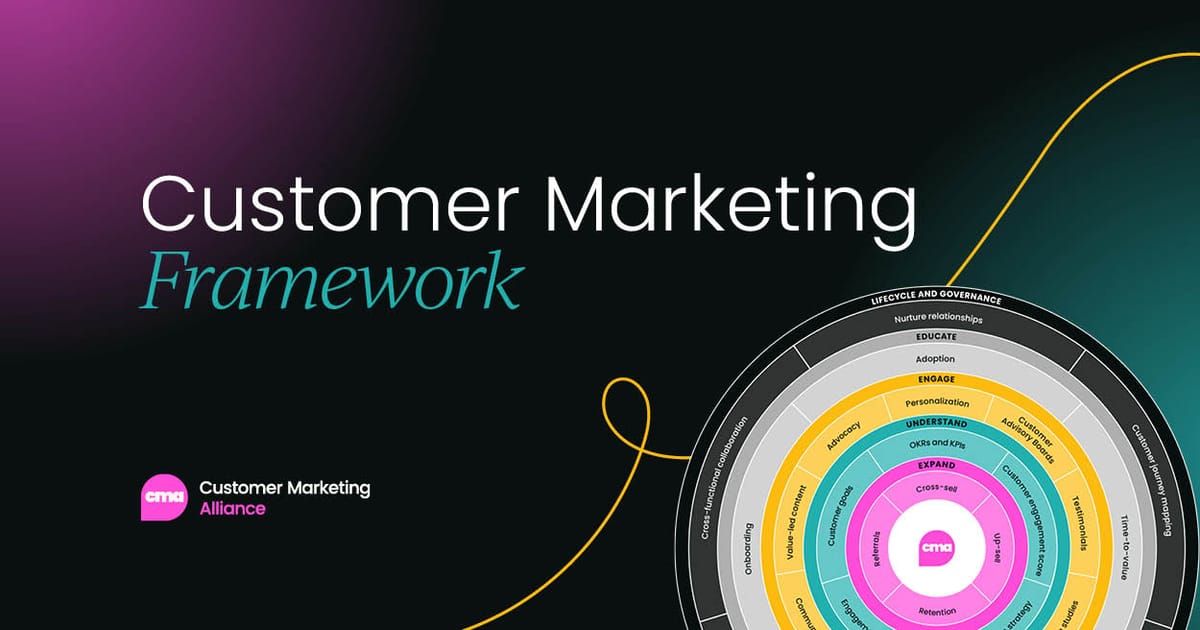This article comes from Cate Vanasse’s insightful talk at our Customer Marketing Summit in Boston 2024, check out her full presentation.
Mastering the complexities of marketing for multiple products is essential for driving business success.
I’m Cate Vanasse, Director of Global Customer Marketing at Talkdesk (and formerly at Cisco), and throughout my career, I’ve developed a keen understanding of what it takes to succeed in both single-product and multi-product environments.
Whether you're shifting from marketing one product to many or balancing diverse product lines, prioritization, and strategic dexterity are crucial.
In this article, I’ll share the key strategies and tools that have helped me thrive, from segmentation and targeting to leveraging the voice of the customer and focusing on the entire customer experience.
Defining customer marketing
When I think about customer marketing, I always categorize it into three main pillars:
- Voice of the Customer – This includes initiatives like advisory boards, briefing centers, insights, and NPS (Net Promoter Score).
- Advocacy – People often associate customer marketing with advocacy, such as case studies, testimonials, and references. But it goes far beyond that, encompassing the development of evidence to support the brand.
- Lifecycle management – From onboarding, upsell, cross-sell, and renewals, lifecycle management ensures the customer’s journey is supported and optimized every step of the way.
Depending on the role, your focus may vary—sometimes it's all three pillars, while in other cases, it may be just one or two.

Prioritization and focus
When you’re faced with limited resources—whether it's one hour or one dollar—prioritization becomes crucial.
The question is, how do you make the right decisions on where to invest that time and money? This is where we turn to tried and true marketing fundamentals to guide us.
One of the key strategies in this process is segmentation. While this is a complex topic that could easily fill an entire course of study, I'll touch on some high-level considerations to get you started.
First, think about your total addressable market. Who are all the potential customers that might need your product? More importantly, do they have the means and ability to purchase it? This broad view helps you define your starting point before narrowing down your focus.





